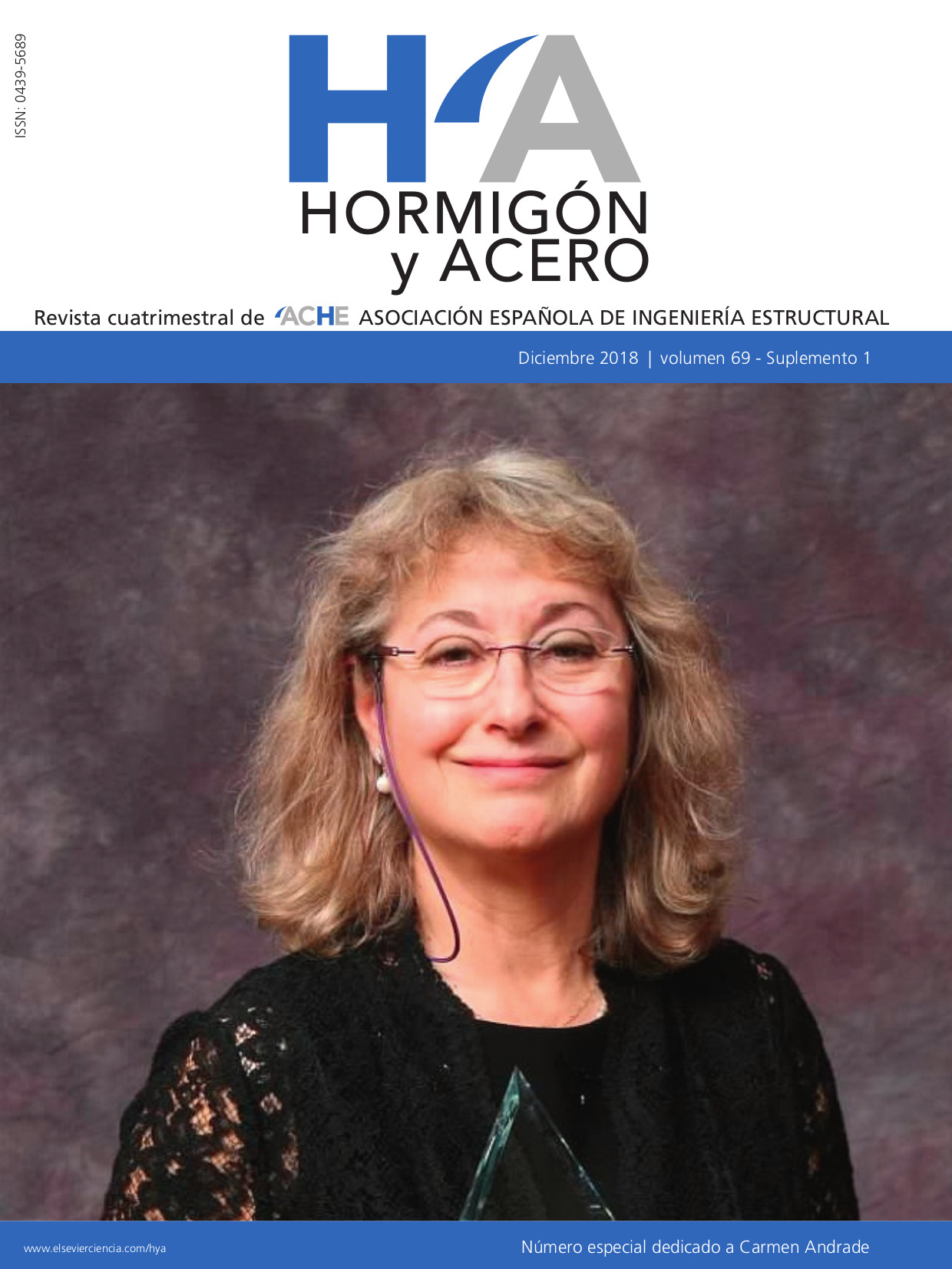Changes in mechanical properties of concrete due to ASR
Abstract
Alkali-Silica Reaction (ASR) is one of the most severe damage reactions of concrete. There are at least two different mechanisms of ASR: The most common is the rapid disruption of siliceous aggregates at the surface of the grain, which occurs in flint and opal sandstone, for example: The others are called slow reacting aggregates, and refer, for example, to cracking of the grain of greywacke and quartz porphyry. Both reactions are due to the dissolving of SiO2 by alkalis. The present paper reports on tests on slow reacting aggregates.
While most studies in the literature concentrate on the expansion behavior of the aggregates, in this article focus is centered on the mechanical properties, such as strength and creep. The aggregates used are greywacke, quartz porphyry, and crushed sediments from the Upper Rhine Valley.

